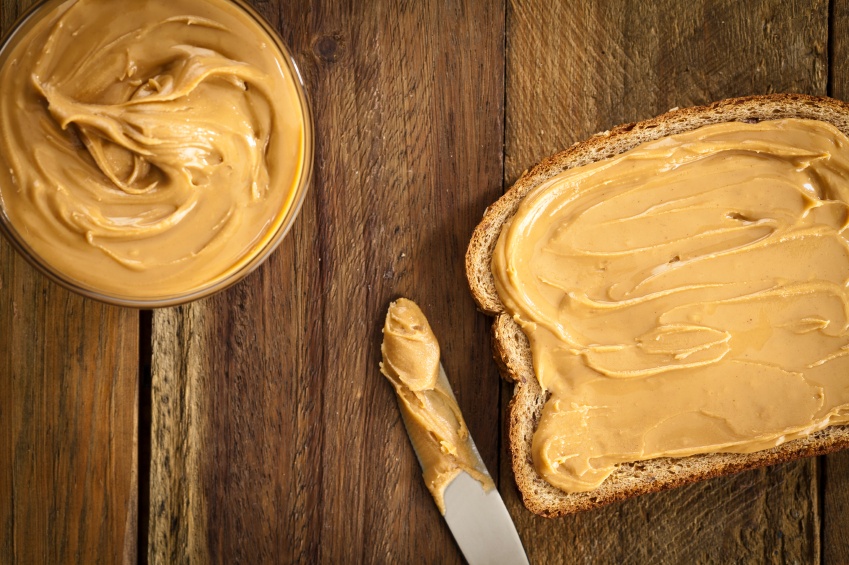On November 4, 1895 Dr. John Harvey Kellogg (as in the cereal) forever changed elementary school lunches. That was the day Kellogg patented his process for making peanut butter. It was the beginning of a love affair that continues still today.
On average Americans consume roughly 700 million pounds of peanut butter a year – that’s creamy and chunky combined. All that PB requires more than half of the annual peanut supply grown in the U.S. We love peanut butter so much November was named Peanut Butter Lovers Month. We love peanut butter so much we eat it more than the peanuts themselves.
Dr. Kellogg’s story of transforming ONE THING into something completely new is well known, but it isn’t unique. Savvy businesspeople have been using the strategy for centuries, and it’s a concept every entrepreneur should explore.
Something Old, Something New
The story of peanut butter is a lesson in how business begets business. People already loved peanuts and plenty of businesses sold them. But in the late 1800s not everyone could enjoy hard, crunchy peanuts. The new peanut spinoff was touted as a healthy protein option for toothless people.
Therein lies a tried and true lesson of business. Take a product people already love and find a new way of using it. Kellogg wasn’t even the first to crush peanuts into a paste. Ancient Aztecs hold that honor. However, he was the first to turn it into a business that now generates around $800 million in sales each year.
There are many other success stories of entrepreneurs that took an item that already existed, made some tweaks and created a totally new product. Not too long ago we discussed the meteoric success of Sara Blakely, the founder of Spanx. Body shapers and pantyhose already existed, but Blakely combined the two to produce a new type of undergarment that met the needs of today’s woman.
But one can’t simply take an existing product and slap new branding on it. The product likely wouldn’t sell very well, and patent laws are in place for a reason. In order to create a new product from an old idea there are a few best practices to follow:
- Make Something Different – There has to be an element of newness. The product has to have it’s own unique factor that separates it from everything else that’s currently on the market.
- Determine a Specific Market – Dr. Kellogg was thinking about toothless patients when he announced his peanut butter product. Blakely was thinking about women who wanted to wear formfitting clothing even if they weren’t super skinny. To have more appeal than the original a spinoff product has to solve a problem for a specific market.
- Establish Copyrights and Patents – Anytime an existing product is the inspiration there’s a good chance that someone else already has rights over a certain type of secondary invention. Just like Dr. Kellogg, you’ll need to make sure the idea isn’t already patented, develop the prototype and then send in your own patent application.
- Start In-House – Take a look at your own products and/or services. Are you already sitting on a new idea? Use customer feedback to think about ways a product can be revamped to create something entirely new for a new market segment.
So, as you enjoy that Reese’s peanut butter cup leftover from Halloween or a peanutty protein shake before your next workout, consider which products you’d makeover. If you’ve found success transforming an old idea into a new product we want to hear about it! Share your story with us in the comments section or on Facebook.

